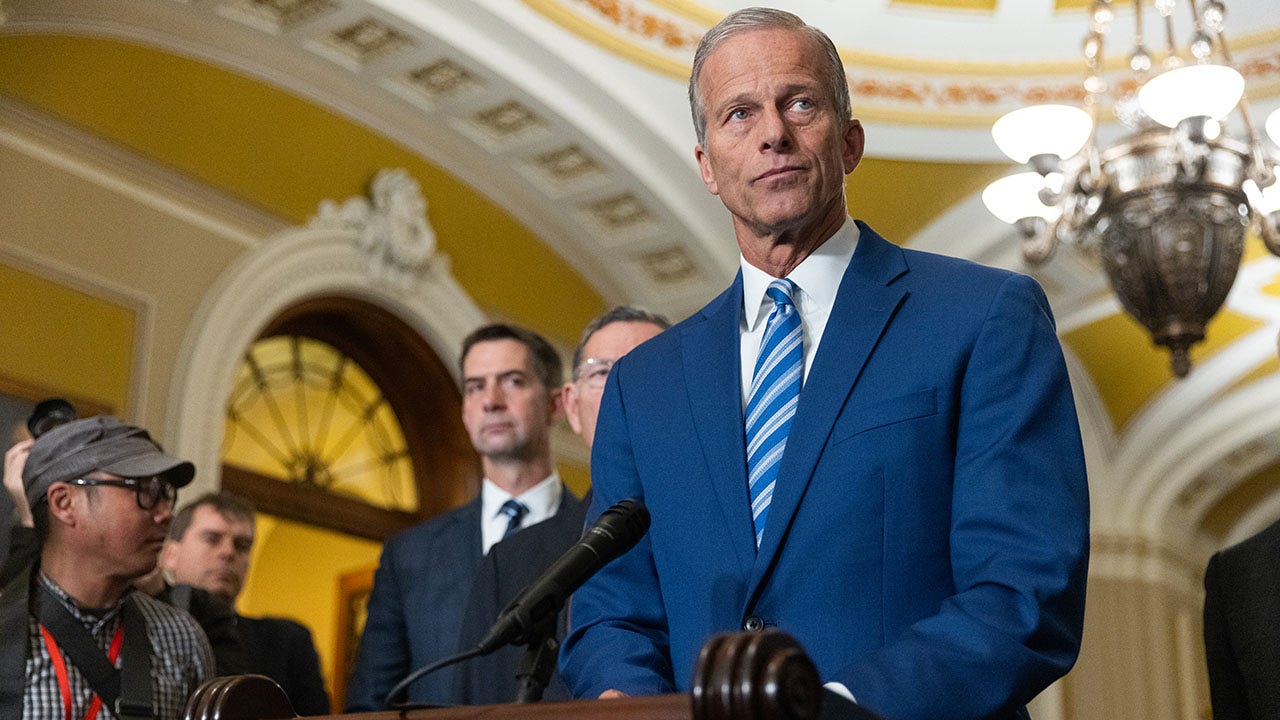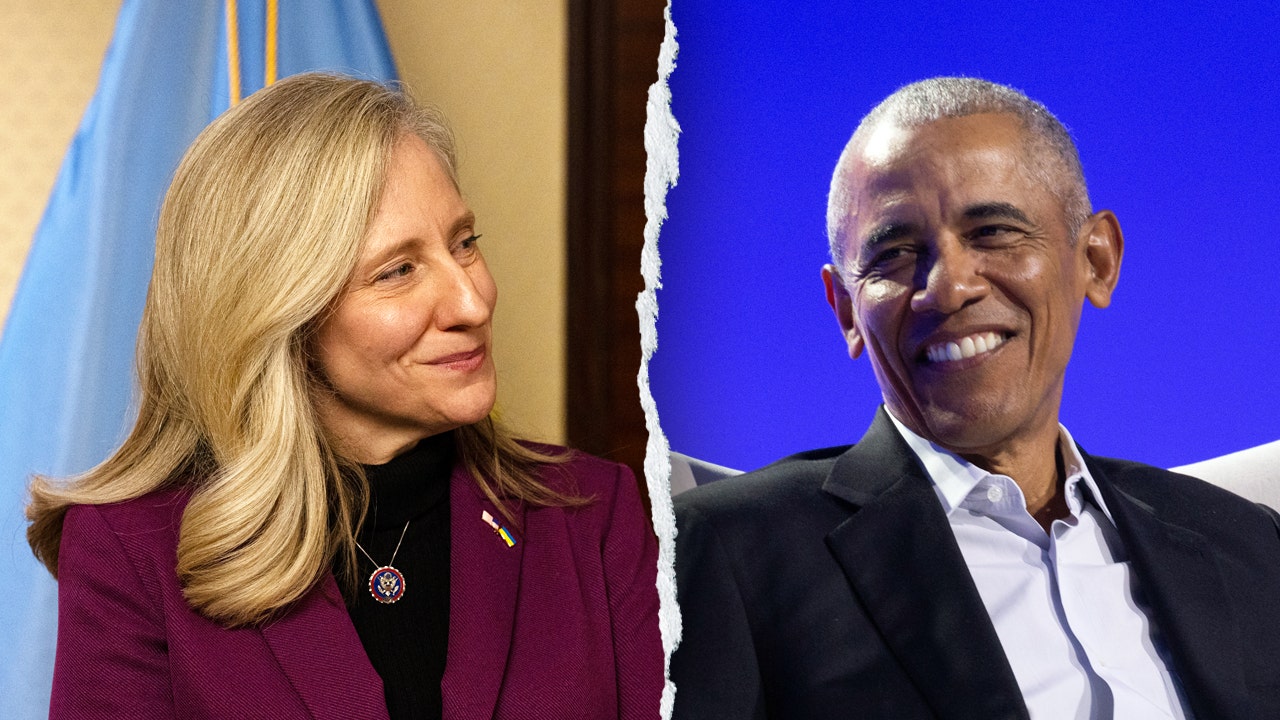NEWYou can now listen to Fox News articles!
During the COVID-19 pandemic, millions of Americans packed up and moved — chasing sunshine, freedom and, let’s be honest, a lower tax bill. Fleeing from New York to Florida and California to Texas, one thing has become clear over the past five years. People decide where to live in part to minimize their tax bill.
When it comes to state income taxes, the differences across America are glaring and often political. The question practically asks itself: Should all 50 states eliminate income tax altogether? Can states afford to eliminate taxes altogether? How do some states do it when others charge double-digit taxes?
Let’s dig in, not as some utopian fantasy, but as a serious look at how zero-income-tax states operate, why people are flocking there and why many blue states won’t even touch the idea.
SEN RICK SCOTT, REP BYRON DONALDS: TRUMP AND BESSENT'S IRS REFORM: LET’S END JOB-KILLING POLICIES
Why Some States Have Zero Income Tax And Some Don’t
As of 2025, there are nine states that do not impose a general state income tax on wages and earned income: Alaska, Florida, Nevada, New Hampshire, South Dakota, Tennessee, Texas, Washington and Wyoming. Technically, New Hampshire, until 2025, taxed interest and dividends, but it repealed that levy as of January 1, making it more of a "no income tax" state across the board.
Why can those states do without collecting income taxes? It’s usually because they lean heavily on alternative revenue sources:
- Sales taxes and excise taxes. Many of these states levy higher sales taxes or excises (on fuel, cigarettes, etc.) to fill the revenue gap.
- Property taxes. Local property levies often shoulder more of the burden, especially in states with no income tax. However, states like New Jersey still rank amongst the highest in state income taxes and real estate taxes, so it isn’t universally true that high state income taxes will lead to lower property taxes.
- Natural resource revenue or severance taxes. Alaska is a standout: with no state income tax, it relies heavily on oil and gas revenue (severance taxes, royalties) and federal subsidies to fill the tax gap.
- Spending and service adjustments. These states typically keep a leaner model of government (or at least more constrained) in areas like social services, pensions and public employee pay.
Because they can’t wring extra funds from paychecks, zero-income-tax states must be disciplined in their budgets and accountable in their priorities.
Why Some States Charge 10% Or Higher Income Taxes
At the other extreme, several states have very steep top marginal income tax rates. For example:
- California tops out at 13.3%.
- New York imposes a top rate around 10.9%.
- Hawaii is around 11 % for high earners.
Those rates exist because those states demand a certain scale of public services (transportation, housing subsidies, social welfare, public universities, Medicaid expansions) and they believe in progressive taxation to fund them. The logic is: the more you make, the more you contribute. This means, between top federal tax rates and state income tax rates, top earners work more than 6 months out of the year for the Government.
But, there’s a tipping point. Once high earners migrate, or corporations relocate, the tax base shrinks. That’s why many states flirt with caps, deductions, or flat tax proposals — trying to balance revenue needs and competitiveness.
How a Zero–Income-Tax States Really Operate — The Trade-offs
Zero income tax sounds glamorous, but it comes with trade-offs.
- Reliance on volatile revenue streams. Sales and excise taxes tend to fluctuate with the economy. In recessions, tax collections plunge. States must run surpluses or reserves to buffer downturns.
- Heavier burden on consumption and property. Lower-income households tend to spend a larger fraction of their income, so in some cases high sales taxes can be regressive. Although, I would prefer a consumption tax to an income tax any day.
- Restricted government scope. To balance budgets, some states may underfund education, infrastructure, or health programs compared to what blue states might provide.
- Mobility sensitivity. These states can attract capital, retirees and businesses, which is precisely why many states compete by lowering income taxes or creating tax "holidays."
- Political constraints. Once a state is used to income tax revenue, it’s hard to repeal — hence why no state in 45 years has fully eliminated its income tax on wages, though a few (e.g. Mississippi, Kentucky) are on the path to reductions.
Why Blue States Tend to Be More Onerous
When you look at "blue" states versus "red" states, patterns emerge:
- Higher tax burdens overall. On average, blue states levy more in income, sales and property taxes (as a percentage of income) than red states.
- Progressive systems. Many blue states adopt steep marginal brackets to fund ambitious social programs that often fail miserably.
- Greater public spending expectations. Voters in blue states often demand expansive social safety nets, public transit, housing programs and environmental regulations, all of which cost money.
- Regulatory costs and higher costs of living amplify the burden. Blue states tend to have higher housing costs, stricter land-use rules and more regulation — pushing up taxes indirectly. One study found the average blue state was 13% more expensive than the average red state, with housing costs 52% higher.
- Out-migration pressure. High-tax blue states lose taxpayers to lower-tax red or zero-income-tax states which are much tougher on illegal immigration and sanctuary cities.
Simply put, the more a state leans blue, the more it leans into taxing income to support more expansive government.
CLICK HERE FOR MORE FOX NEWS OPINION
Should Every State Abolish Income Tax?
In principle, a zero-income-tax world appeals to fiscal conservatives and mobile capital. But, the reality for most states is harsher. Many rely on income tax as a stable backbone of their revenue structure. Eliminating it would force painful cuts or enormous hikes in sales/property tax.
For a few states with unique advantages and natural resource wealth (like Alaska), booming tourism (Florida), or aggressive growth (Texas and Nevada) the no-income-tax model is viable. But, for states with dense populations, expensive infrastructure needs, or large social service commitments, it’s going to be a very difficult leap.
CLICK HERE TO GET THE FOX NEWS APP
While it’s not practical for all 50 states to zero out income tax today, we should push toward flattening and reducing top rates and making states more competitive financially. Red states have paved the path that it’s clear provides an advantage with fewer penalties on work, more incentives to stay and invest, and more freedom for taxpayers to decide how to allocate their dollars.
In the future, states will continue to compete for talent. Blue states that cling to 10% or higher marginal rates risk alienating their talent, their retirees and inviting flight risk. The capitalism of individual states will continue to bubble over the next decade and what you are taxed will continue to be front and center when you decide where to work and live.

 5 hours ago
3
5 hours ago
3

















































